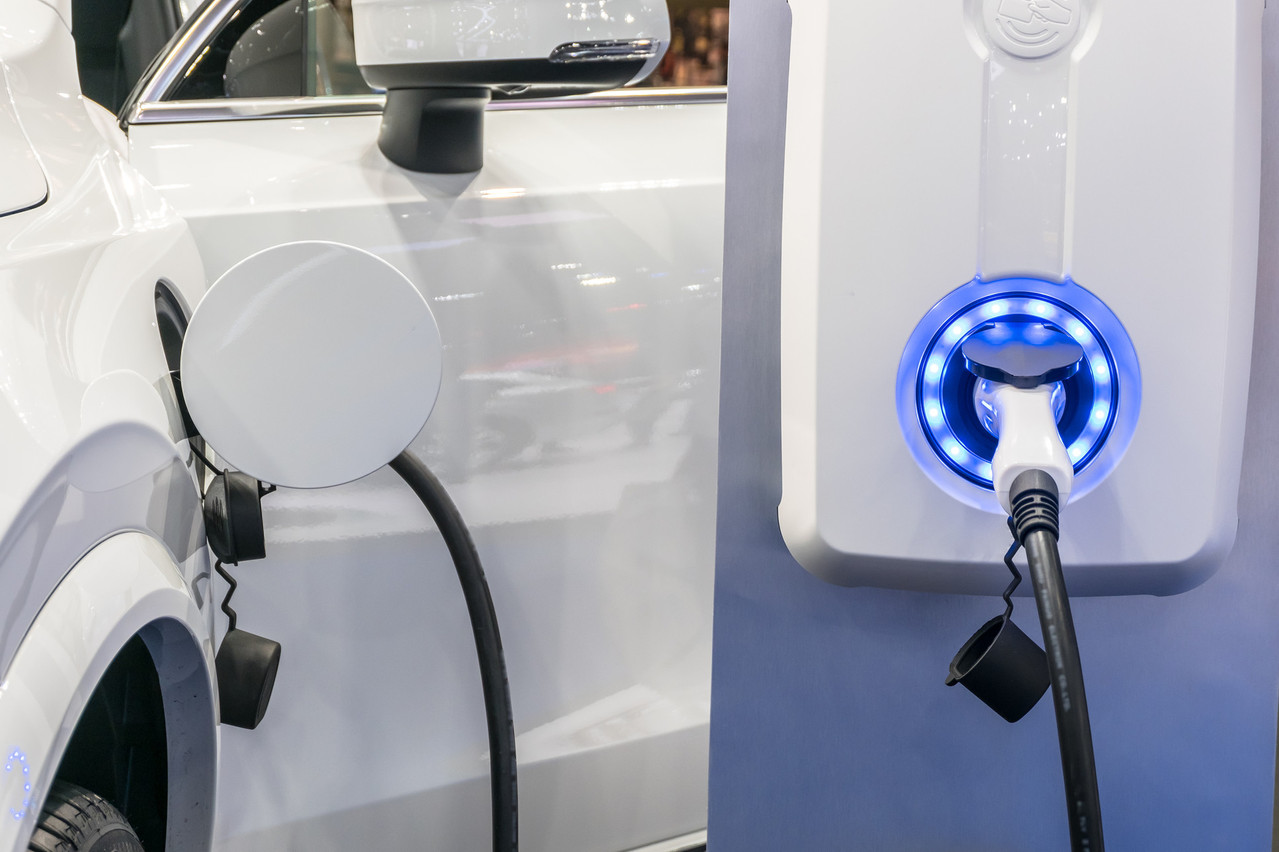Electrified cars are becoming more and more numerous and the question of electric recharging is a real headache for some motorists.
The central element is obviously the charging point. The motorist can use Chargy charging stations throughout the country. They can also take advantage of their shopping trips to recharge their cars, as most supermarket car parks have a few charging points. Finally, some employers provide a few spaces. But generally, the motorist wants to be able to recharge at home. And that's where the problems come in.
While it is relatively easy to install a charging point in a private home, in a residential building it is a different story.
The slow charging solution
The first difficulty lies in the electrical capacity of the residence. A charging point needs a capacity of 11kW. A standard residence, with a small number of parking spaces, has an electrical capacity of between 60 and 80kW. The calculation is simple. It is possible to install between 5 and 7 charging points with two charging points per car park, i.e. between 10 and 14 spaces out of thirty. : "Currently, on a normal housing estate, the network is capable of supporting the charge of half of the electric cars that can park there.
In other words, the first to put in charging stations are blocking the other residents of the residence in question.
Fortunately, the decision to install such a system must be taken in agreement with the syndicate in charge of managing the residence for the residents. This situation can create problems, with owners who do not yet wish to install charging stations on the one hand and those who have already invested in an electric vehicle on the other. "Out of 66 residences under management, 22 have applied to install charging stations. The younger generation is the most active on the subject, there are many discussions and questions, but few answers. Both from Creos and from the electricians. I have contacted several professionals and most of the time I come up against a brick wall", explains Maria Castellano, manager of the company MC Gestion in Mondorf.
In the meantime, owners of electric cars who are "stuck" for lack of consensus in their homes plug in to a simple power socket. It then takes much longer to recharge. "But above all it is an additional risk factor in terms of fire safety. Seeing cars plugged into several extension cords is not a very safe solution," warns Maria Castellano.
The other solution is slow charging. To put it simply, an electric car does not need the whole night to recharge at 11kW. A residence with thirty parking spaces can accommodate thirty connected charging stations controlled by an artificial intelligence, which will distribute the total charging capacity according to the number of vehicles present.
This is the solution proposed by CaCharge, the Swedish industry leader in smart charging solutions. It is marketed in Luxembourg by Parking Energy Services (PES). "It is indeed a solution that we are currently deploying in several residences in Luxembourg, but also in companies that have the same problem as the residences. Our solution is intelligent and allows you to manage the terminal and the consumption as well as the payment via a mobile application or on a computer", assures director of Parking Energy Services.
The same problem for companies
Banque de Luxembourg has also opted for this solution. "Electrification is a real trend in our company car fleet, thanks in particular to tax incentives," explains Régis Heil, head of facility management at Banque de Luxembourg. "We already had some charging stations. But we had two drawbacks. The first was the maximum capacity of the building, which did not allow us to put in more charging stations. The other was that those who parked in a space with a charging point usually left the car there all day, not just for the duration of the charge. So we started looking for an alternative solution and found CaCharge and PES to install an infrastructure that can now accommodate around 40 electric cars and plan for the future."
The idea is also gaining traction at KPMG, which has a large fleet of company cars, with more and more electrified vehicles. "We need to increase the number of charging points. This is a request from our staff and we need to be consistent with our company car fleet policy. We are currently studying the issue. We also have technical constraints and a priori the 'low charge' terminals seem to be a good solution", stresses COO of KPMG Luxembourg.
This shows above all that we have a problem with the charging infrastructure.
For the House of Automobile (HOA), the problem of recharging stations, whether in homes or businesses, shows that focusing on a single technology, namely electric, is not viable in the long term. "We can clearly see that we won't be able to put charging stations everywhere. The 'low charge' solution is not a miracle solution either and has its limits. This shows above all that we have a problem with the recharging infrastructure", said , spokesman for the HOA.
As a reminder, with 2,071 new registrations since the beginning of the year, i.e. 8.2% of the market share, the 100% electric car is starting to make a real place for itself on the country's roads and in dealerships. According to the Automobile Club du Luxembourg, there are more than 200 electrified models, 65,100% electric models, 27 self-charging hybrids, 120 rechargeable hybrids and 2 models running on hydrogen (fuel cells).
This article was originally published on in French. It has been translated and edited for Delano.

